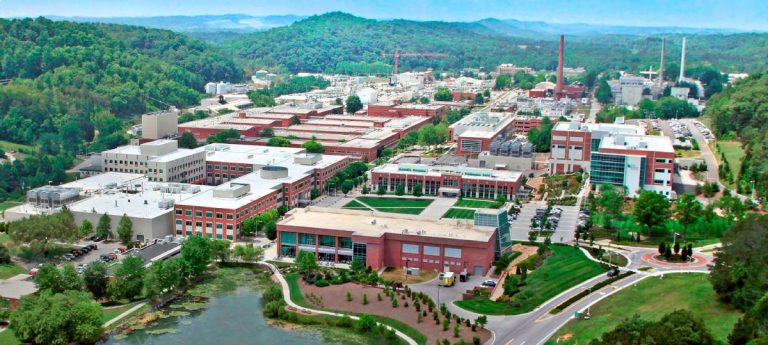Risk and reward: Peter Fuhr takes sensing technology to the next frontier… again
Peter Fuhr’s work in science is often visible passing through the night sky overhead. NASA satellites, launched at the beginning of his long career, still carry the semiconductor laser diode […]





